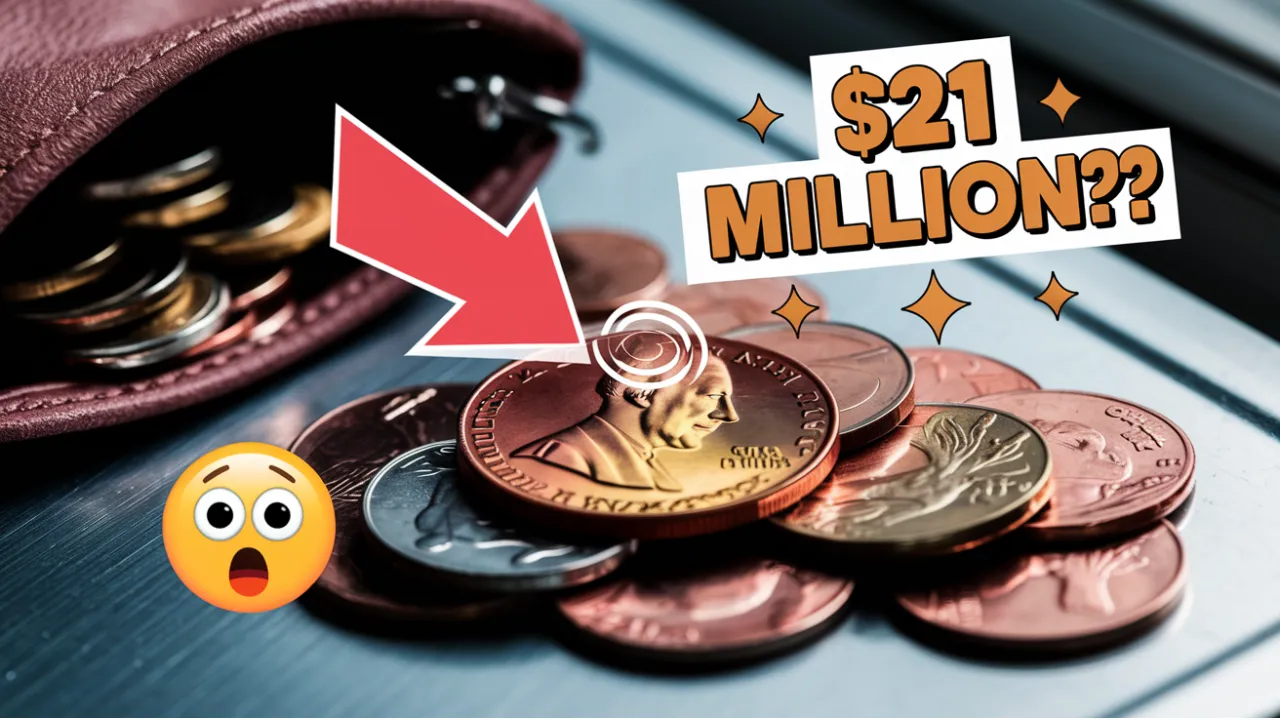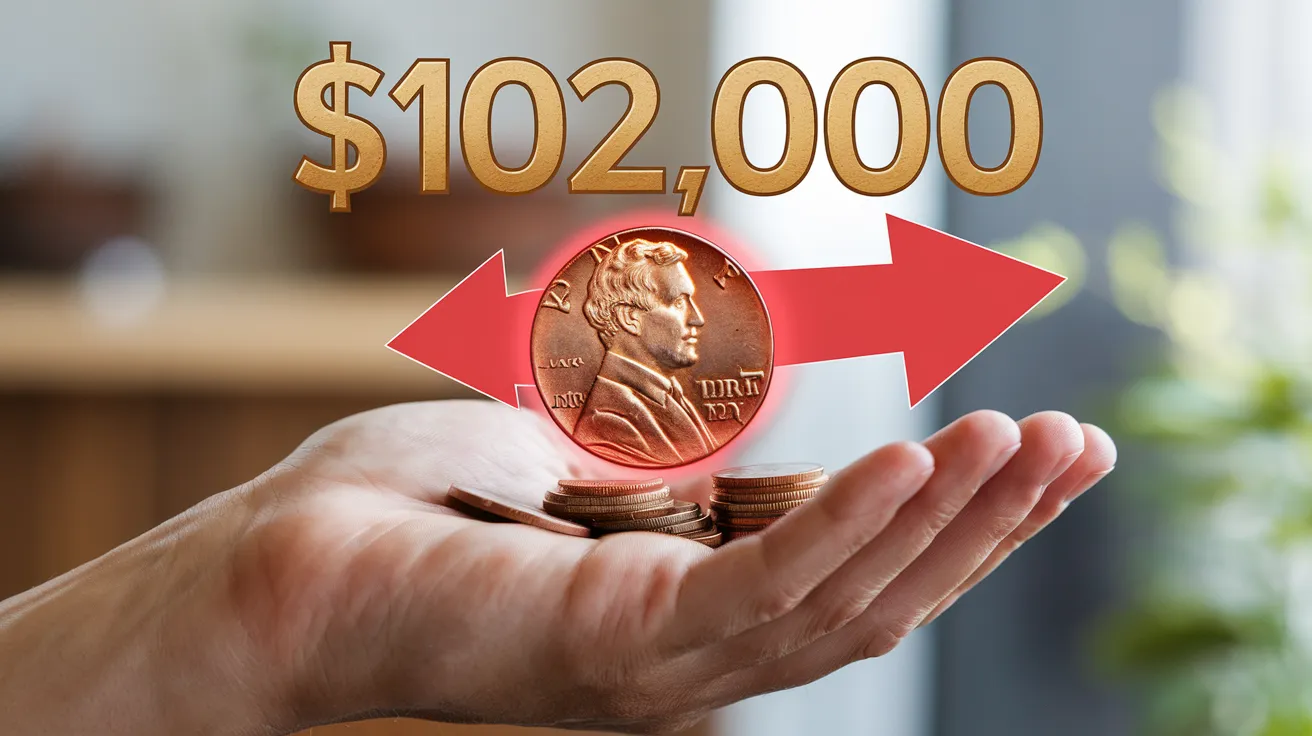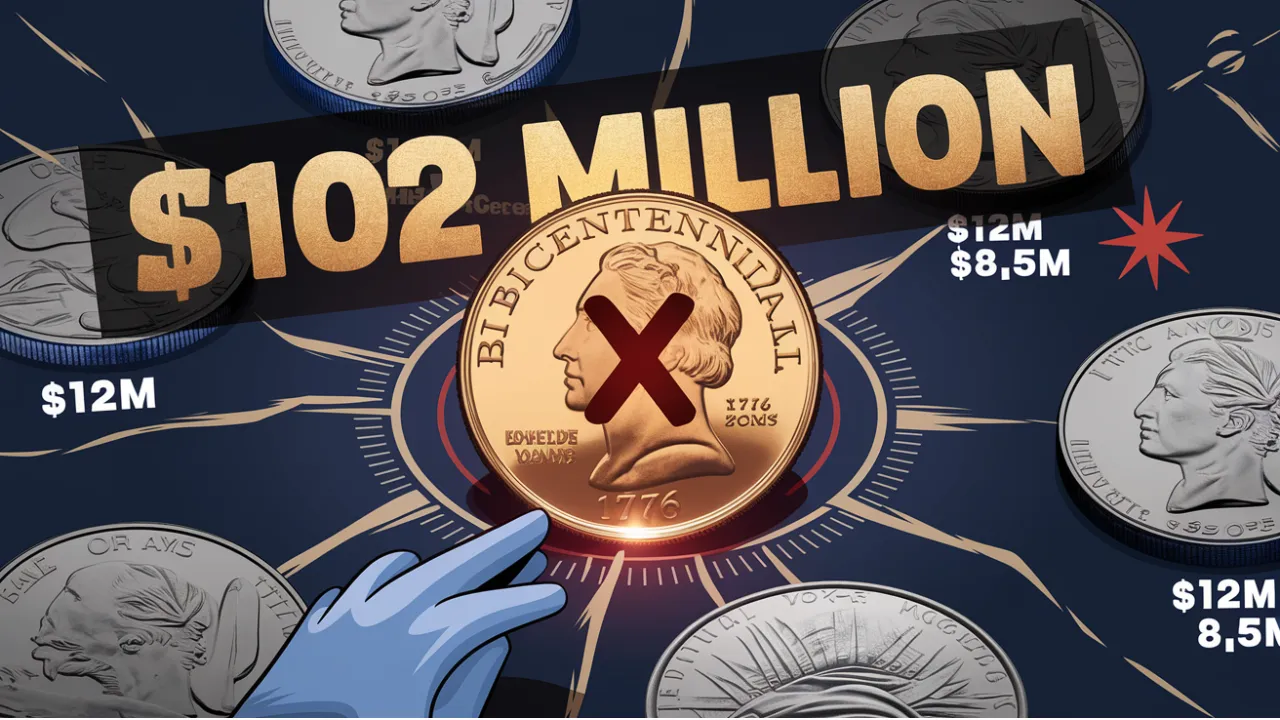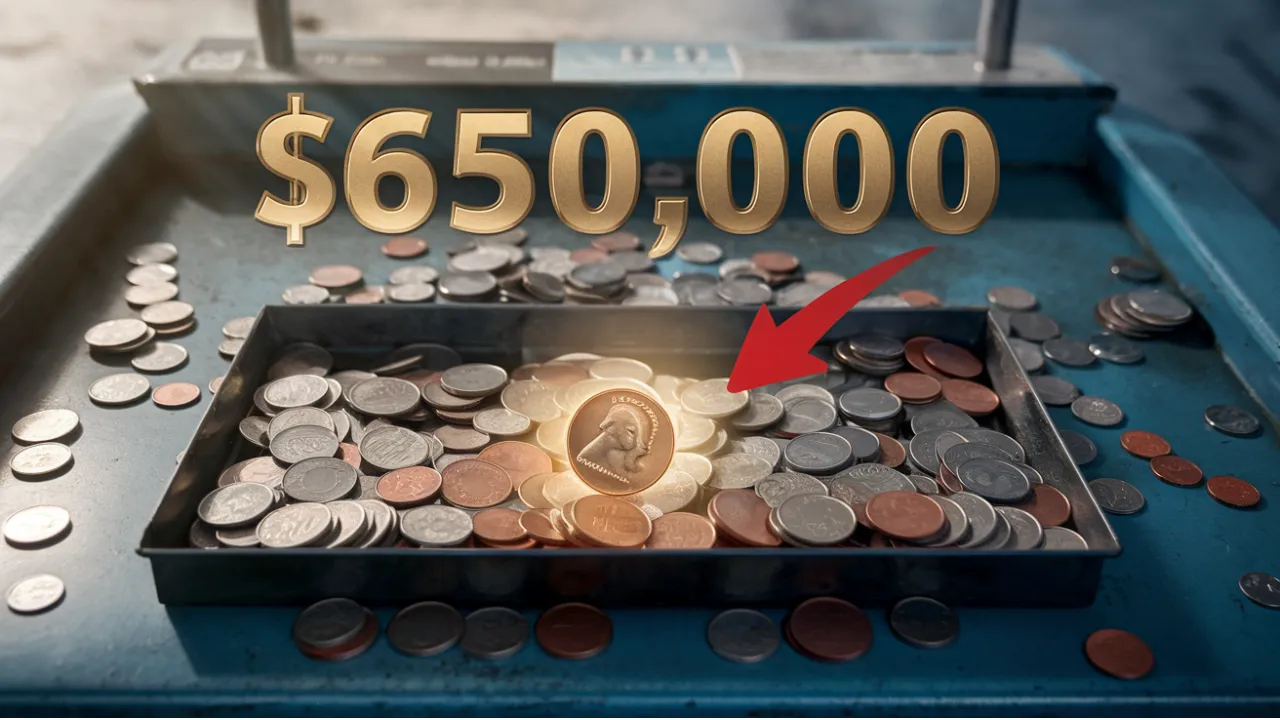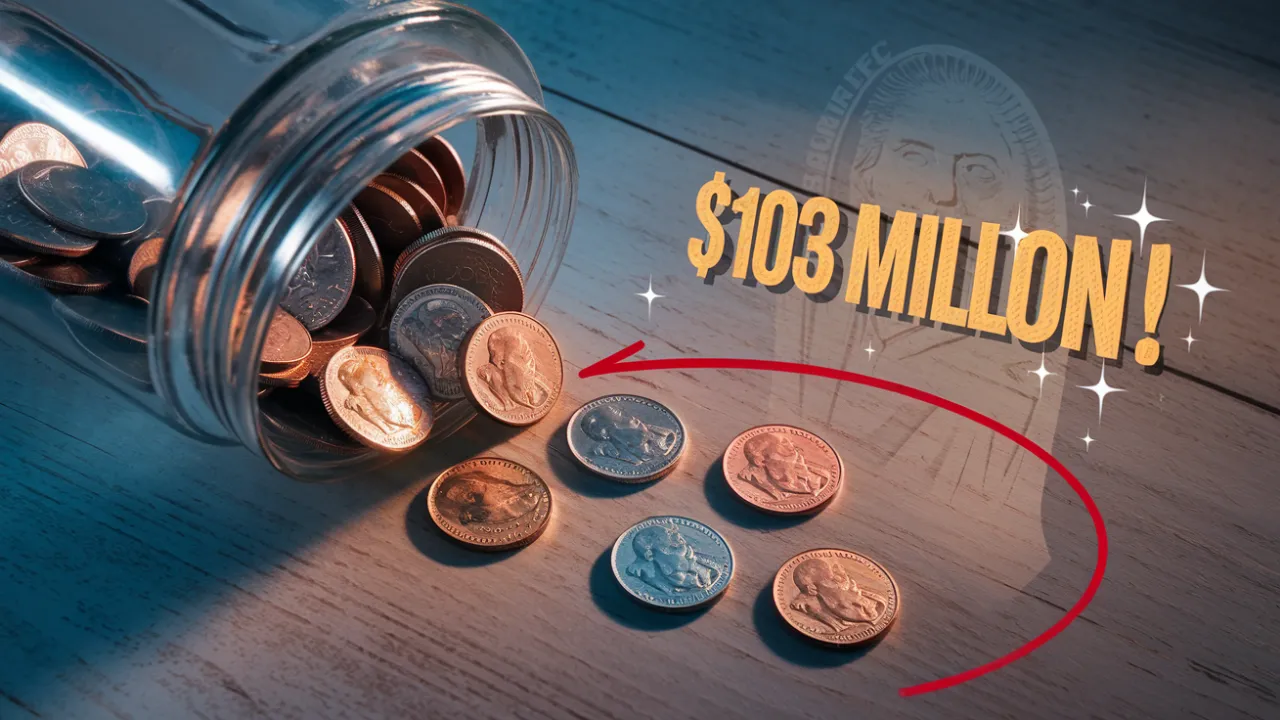$21 Million Lincoln Wheat Penny Still Be in Circulation: The Lincoln Wheat Penny is turning heads in the coin collecting world—and for a surprising reason. A particular version of this modest copper coin has reportedly fetched up to $21 million, sending collectors and curious minds alike scrambling to check their pocket change. It’s hard to believe that something so small and ordinary could hold such incredible value.
This article explores the fascinating tale of the Lincoln Wheat Penny, with a spotlight on the ultra-rare 1943 copper variant. We’ll uncover why this coin is so valuable, how it came to exist, and how you can identify one. Could one be hiding in your home or change jar? Let’s find out.
Overview Table: Key Lincoln Wheat Penny Facts
| Feature | Description |
| Coin Name | Lincoln Wheat Penny |
| Years Minted | 1909 to 1958 |
| Most Valuable Variant | 1943 Copper Penny |
| Top Valuation | Up to $21 million |
| Mint Marks | No mark (Philadelphia), D (Denver), S (San Francisco) |
| Designer | Victor David Brenner |
| Rarity Factors | Metal errors, low mint numbers, historical relevance |
| Authentication Options | PCGS, NGC |
| Identification Tools | Year, mint mark, metal test, visible errors |
How the Lincoln Wheat Penny Began
The Lincoln Wheat Penny was first introduced in 1909 to honor the 100th birthday of President Abraham Lincoln. It was also the first U.S. coin to feature a real person instead of the traditional symbols or allegorical figures. The front of the coin proudly shows Lincoln’s profile, while the back displays two wheat stalks circling the denomination.
These coins were minted for nearly 50 years, with production ending in 1958. The design was later changed to feature the Lincoln Memorial, but collectors still admire the original wheat-back version for its simplicity and historical charm.
The $21 Million Mystery: The 1943 Copper Penny
During World War II, copper was in short supply, and the U.S. government ordered that pennies be made of steel coated with zinc. In 1943, nearly all Lincoln pennies followed this rule—except for a few. By accident, a small number of 1943 pennies were struck on leftover copper blanks from the previous year.
These rare copper 1943 Lincoln Wheat Pennies weren’t supposed to exist. Only about 20 to 30 are known to be in existence today. Because of their rarity and the historical circumstances around their creation, one of these coins is now valued as high as $21 million by collectors.
What Makes a Lincoln Wheat Penny Valuable?
Several factors contribute to the high value of certain Lincoln Wheat Pennies:
- Extreme Rarity: The 1943 copper penny is one of the rarest coins ever accidentally made.
- Historical Value: The switch in metals was due to wartime demands, making this error even more fascinating.
- Condition: The better the condition, the more the coin is worth. Uncirculated, mint-state coins are most desirable.
- Mint Marks: Certain mints, like San Francisco (S) and Denver (D), had smaller production runs in specific years.
Besides the 1943 copper penny, other valuable coins include the 1909-S VDB and the 1955 Doubled Die, both of which are well-known in the collecting community.
How to Identify a Rare Lincoln Wheat Penny
If you’re wondering whether you have one of these rare coins, here’s what to check:
- Check the Year: 1943 is the golden year, especially for copper versions.
- Use a Magnet: If your 1943 penny sticks to a magnet, it’s steel. If not, it could be the rare copper version.
- Examine the Color: Copper pennies have a reddish-brown tone, while steel ones look silver-gray.
- Look for Mint Marks: “S” or “D” mint marks under the date can make certain years more valuable.
- Inspect for Errors: Doubling of letters or unusual marks could indicate a valuable mistake during minting.
Be gentle when handling the coin. Never clean it, as even well-meant polishing can drop its value drastically.
Where You Might Find a Valuable Penny
Yes, it’s rare—but it does happen. These valuable Lincoln Wheat Pennies have turned up in the most unexpected places:
- Inherited Coin Jars: Grandparents’ change jars may hold forgotten treasures.
- Garage Sales and Estate Sales: Sellers might not know the real value of what they’re offering.
- Coin Rolls from the Bank: Dedicated collectors often search rolls to spot overlooked gems.
- Old Wallets or Dressers: Check that dusty coin pile you’ve ignored for years—you never know.
There’s a reason so many collectors are still obsessed with coin hunting. Stories of million-dollar discoveries keep the excitement alive.
How to Protect and Authenticate Your Coin
If you think you’ve found a valuable Lincoln Wheat Penny, here’s what to do next:
- Avoid Touching the Face: Oils from your fingers can harm the surface. Handle it by the edges.
- Do Not Clean It: Even if it looks dirty, never clean a potentially rare coin.
- Get It Verified: Contact a professional service like PCGS or NGC for authentication and grading.
- Watch for Fakes: Some altered or counterfeit coins can mimic rare features. A common fake is a 1948 penny altered to look like 1943.
Once verified, you can store your coin in a protective holder and consider its potential as a long-term investment or sale to collectors.
Other Lincoln Wheat Pennies That Could Be Worth a Lot
Besides the famous 1943 copper penny, here are a few other Lincoln Wheat Pennies you should watch for:
- 1909-S VDB: Features the designer’s initials; rare and highly collectible.
- 1955 Doubled Die: Clear doubling in text and date, very desirable.
- 1914-D: Scarce and can command high prices in good condition.
- 1922 No D: Denver-made penny without its mint mark due to a minting error.
- 1931-S: Limited production run makes this coin valuable to collectors.
Each of these coins tells a story and carries value beyond just its metal.
FAQs
1. Is the $21 million Lincoln Wheat Penny real?
Yes, a 1943 copper penny has been valued at $21 million due to its rarity and collector demand.
2. How many 1943 copper Lincoln Wheat Pennies exist?
Only about 20 to 30 are believed to exist.
3. Can I still find Lincoln Wheat Pennies in change today?
It’s unlikely, but not impossible. Some valuable coins still circulate or sit forgotten in old collections.
4. How can I tell if my 1943 penny is copper?
Use a magnet. If it doesn’t stick and has a copper color, you may have something special.
5. Where can I get my coin appraised?
Reputable services include PCGS and NGC, which provide grading and authentication.
Final Thought
The Lincoln Wheat Penny isn’t just a coin—it’s a symbol of history, mystery, and incredible value. Whether you’re a seasoned collector or just someone curious about your spare change, the chance to discover a $21 million treasure makes it worth looking.
Have a coin story to share? Drop a comment below! Want more discoveries like this? Explore your horoscope or check out other hidden treasure articles on our site.
